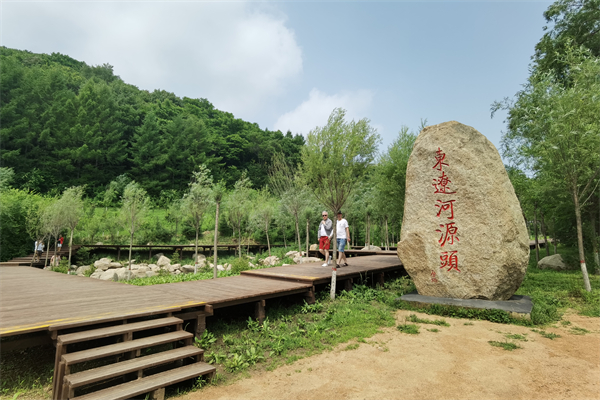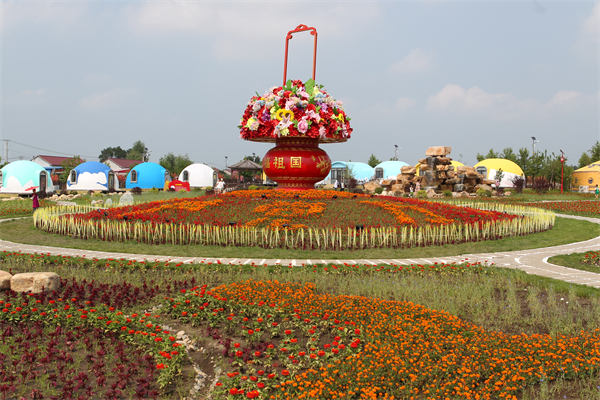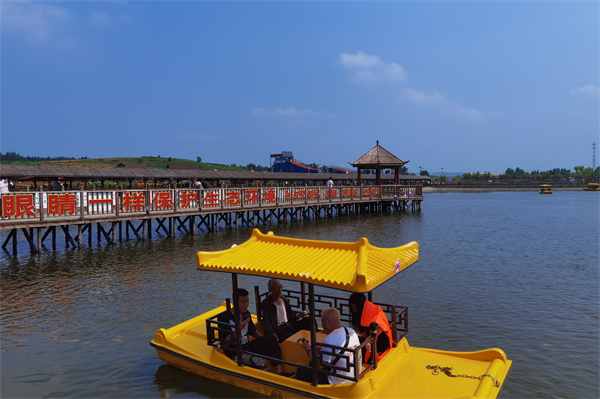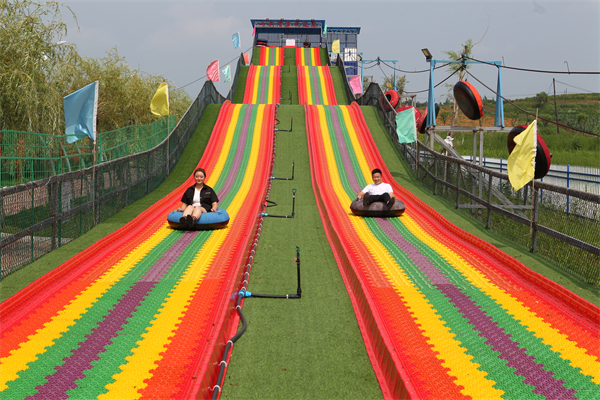
In the hottest summer days of Liaoyuan city, in Northeast China's Jilin province, local people like to walk along Dongliao River. The cool air, brought about by the shade of the trees, makes people feel more comfortable.
Dongliao county of Liaoyuan began to build a plank road on May 1 of this year, which will enable the formation of a locally recommended tour route. The development concept of "Lucid waters and lush mountains are invaluable assets" has been manifested in the newly-built route, transforming the beautiful landscape into a leisure resort, and allowing children to get closer to nature.

Inspired by the rural revitalization policy, Dongliao has formed a development pattern in which the beautiful environment and tourism support each other, creating a unique development path to the mutual improvement of the rural living environment and the development of rural tourism.
For rural revitalization, it is important to have industrial support, therefore, Dongliao continues to promote the integrated development of agricultural specialized industries. It also focuses on planning the construction of industrial parks, based on the Dongliao County National Modern Agricultural Industrial Park and led by Houde Foods (Jinyi Eggs) Company, in a bid to create "China's Egg Valley", an egg production demonstration base.

This year, Dongliao plans to develop 58 square kilometers of high-quality farmland, with a total investment of 106.08 million yuan ($16.38 million). To boost the development of local industries, the vegetable planting area of the county has now reached 22.34 square kilometers, and includes 2.06 square kilometers of greenhouse vegetables and 20.28 square kilometers of open-field planting.
Black soil protection has also been included in the working plan of Dongliao, and will cover an area of 133.33 square kilometers, including returning crop stalks to the fields – 33.33 square kilometers for corn and of 66.67 square kilometers for rice – and an increase of organic fertilizers for 93.33 square kilometers of farmland.








